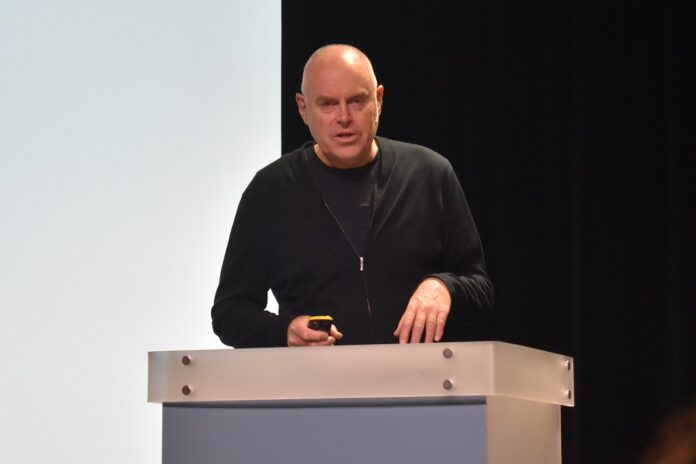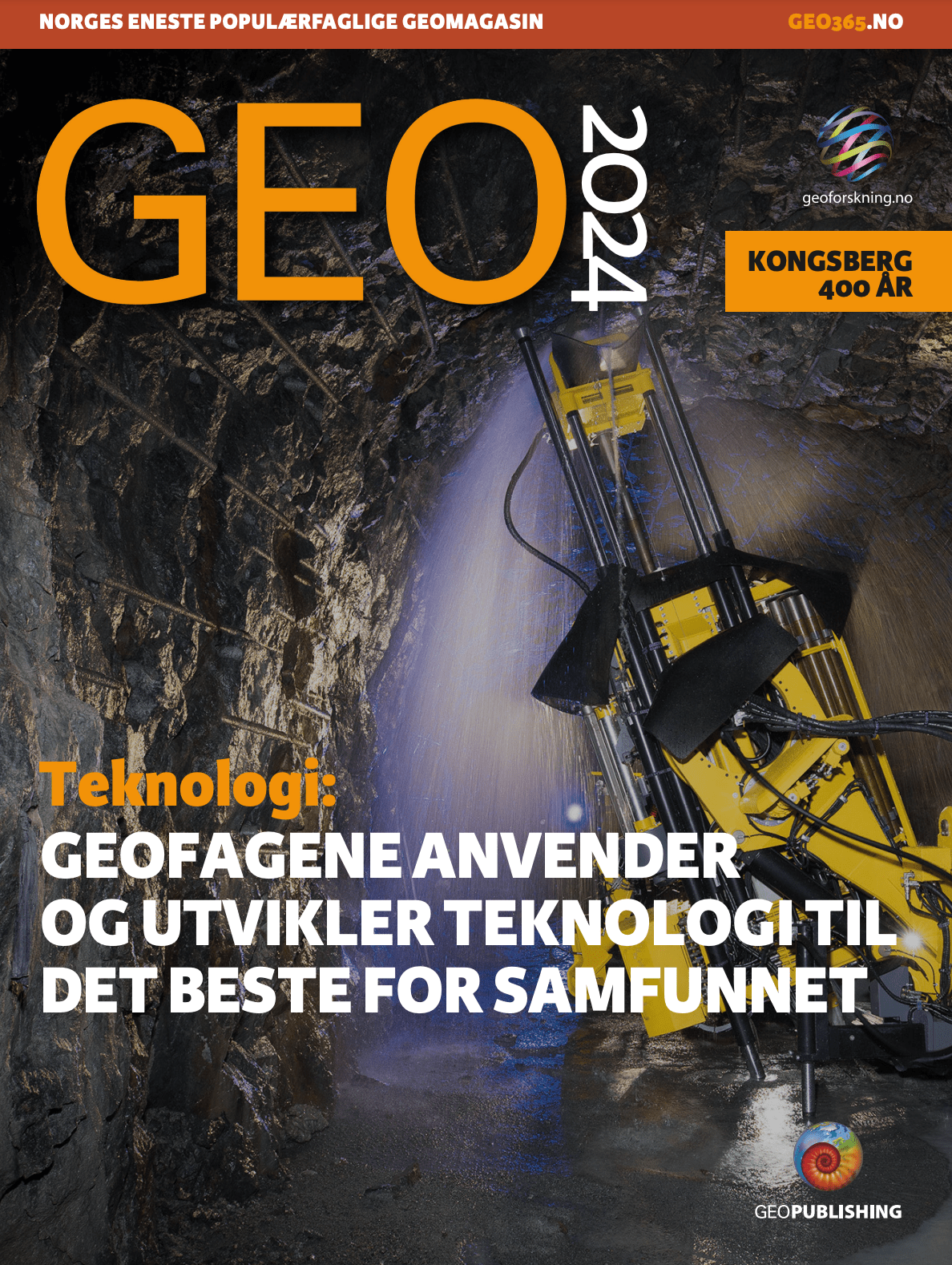Ståle Emil Johansen is a professor in applied geophysics at NTNU. Foto: Halfdan Carstens
– Our focus is increasing our knowledge on the geological development of spreading ridges, including the formation of natural resources, said Ståle Emil Johansen, professor at NTNU, at the Deep Sea Minerals 2022 conference in Bergen in October.
Johansen presented the research being carried out by the NTNU and industry founded ATLAB consortium. The objective of the consortium is to collect a broad range of scientific data at the Mohn’s- and Knipovich ridges located in the North Atlantic Ocean between Norway and Greenland, using a range of geophysical methods.
The natural resources Johansen referred to, are marine mineral deposits. Hydrothermal circulation along the ridges around the world leads to vent formations that spew out boiling hot, mineral rich water. The minerals precipitate around the vents, forming seafloor massive sulphide (SMS) deposits (geoforskning.no: The ore factories on the seabed).
Such deposits are often enriched in copper, zinc, lead, iron, gold and silver, with grades far exceeding what we find in terrestrial deposits.
ATLAB has so far completed three cruises and are planning a fourth next year. The first cruise took place at the Mohn’s Ridge where several geophysical measurements were done.
The survey gave the scientists insight into the plumbing system in the crust below the hydrothermal fields on the ridge, including the Loki’s Castle vent field, in addition to images of the mantle down to a depth of 120 kilometres.
– Analysing the acquired conductivity data, we could see how cold sea water is seeping into the system at the edges, and then being heated up and venting out at Loki’s Castle. The heat is supplied from below, from what we interpret as partly melted rocks, Johansen explained.

Last year’s cruise collected a combination of electromagnetic (EM) and seismic data revealing the distribution of melt below the ridge in more detail and the researchers learned that some areas are more prone to melting and hydrothermal circulation than other areas.
This year, a number of new members joined the project and also helped funding the cruise.
– As a larger team, we were able to collect even more data from the ridges. We did seismic, CSEM, towed EM, deep MT, as well as environmental data.
The environmental data program included measurements of water currents, pressure, turbidity, conductivity, O2, CO2 and CH4 content, environmental DNA and whale observations.
This year’s data is still being processed, and results will be published next year.
– With more data from Loki’s Castle, we’ll be able to get a three-dimensional overview of the vent field and its plumbing system.
Next year, ATLAB plan to collect more EM, environmental and seismic data at the ridge, both 2D and 3D.
– If we can collect such data, we will be able to get more details and can start identifying what the petroleum industry refers to as plays and prospects.
Growing from a small university project to a full-fledged consortium is paying off.
– As a consortium, we can contribute to an expanded understanding of geological processes by combining knowledge with advanced geophysical imaging, Ståle Emil Johansen concluded.
The ATLAB (Atlantic Laboratory) consortium for the acquisition of geophysical research data was started as an internally funded project at NTNU in 2016.
ATLAB’s primary aim is to research the nature, dynamics and diversities of mid-ocean ridges and oceanic plates using state-of-the-art equipment and methodology. Previous expeditions have collected ultradeep passive magneto-telluric (MT) and controlled-source electromagnetic (CSEM) data.
The consortium members include Aker BP, Allton, CGG, EMGS, Equinor, InApril, Norce, NTNU, OFG, NPD, PGS, Shearwater and TGS.



